For any fellow teachers in Michigan:
The Michigan Music Teachers Association (MMTA) State Conference is to take place Sunday, October 17 – Tuesday, October 19 at the Detroit Novi Sheraton (21111 Haggerty Rd., Novi). Click here to for more information (including a link to the conference schedule), and click here to register.
Martha Hilley is this year’s Conference Clinician and Leon Bates is the Conference Artist. There are many other sessions that look like very promising as well! I am so excited for the conference to get here!
Not a member of MTNA (Music Teachers National Association) or your state association?
Just a few quick reasons to consider joining a professional organization such as MTNA:
- Continue your professional development as a teacher by attending national and/or state conferences and local chapter meetings.
- Network and share ideas with other teachers at conferences and local chapter meetings.
- Become a certified music teacher (read more here).
- Enter your students in competitions, SAT testing, and other events.
- and more! (Share your reasons in the comments!)
Read more about joining MTNA and your state association here.


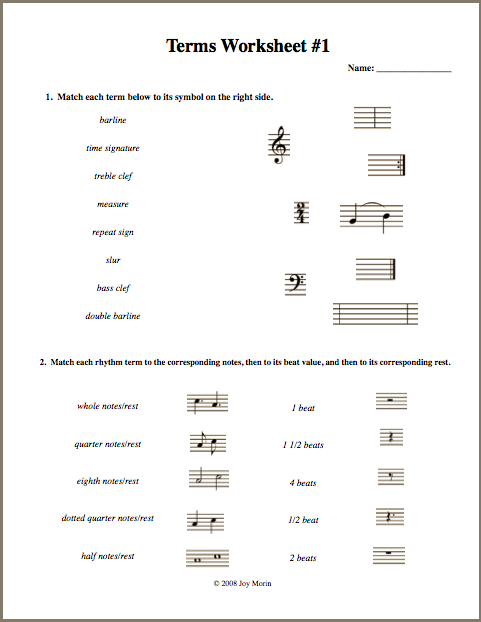
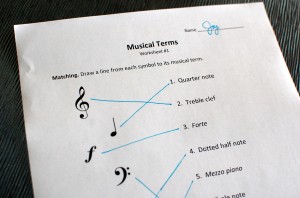 Just added to the
Just added to the 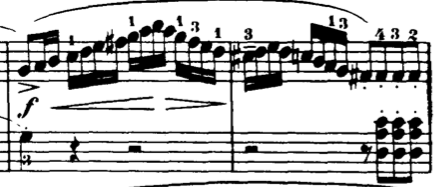
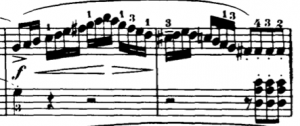

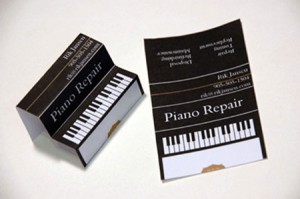



 This week, I received an friendly email from a piano teacher in Texas who is looking for ways to professionalize her studio. I already sent her a reply via email but I was thinking that you readers may have some suggestions and advice for her too — so here are some of her questions!
This week, I received an friendly email from a piano teacher in Texas who is looking for ways to professionalize her studio. I already sent her a reply via email but I was thinking that you readers may have some suggestions and advice for her too — so here are some of her questions!
 Developing a good sense of rhythm is one of the most challenging parts of being a piano teacher. It’s not something that arrives overnight, and it’s something that must be maintained as the student advances to music with more advanced rhythms and time signatures. It truly is something that must be developed.
Developing a good sense of rhythm is one of the most challenging parts of being a piano teacher. It’s not something that arrives overnight, and it’s something that must be maintained as the student advances to music with more advanced rhythms and time signatures. It truly is something that must be developed.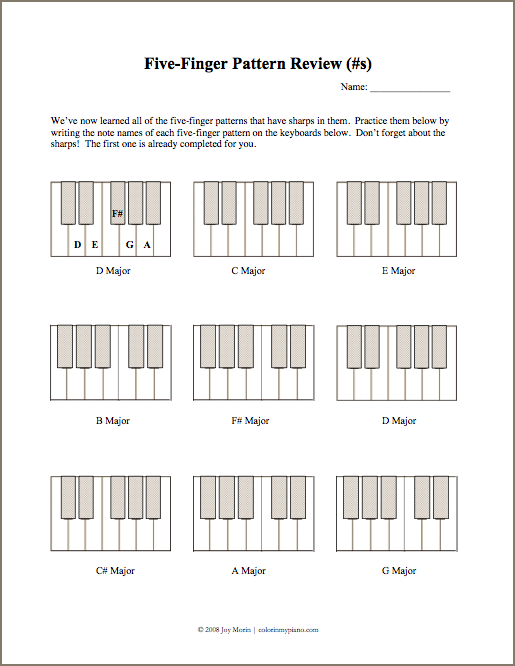
 Just added to the page of free Printables:
Just added to the page of free Printables: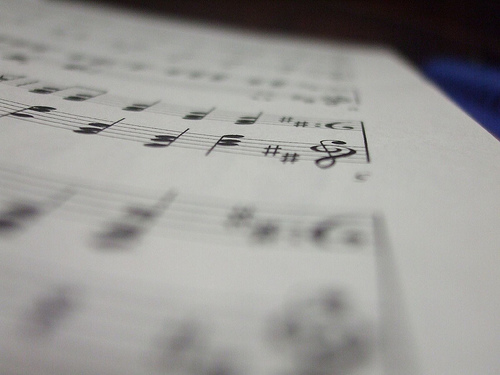
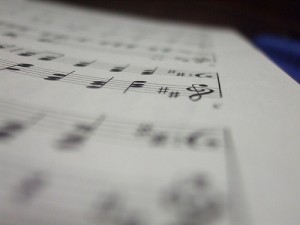 The first look at a new piece is crucial. As accomplished pianists/teachers, we automatically know to scan the piece to check the time signature, key signature, texture, composer, title, etc. before playing through a piece. Of course, we were trained to go through those steps before sightreading through a piece.
The first look at a new piece is crucial. As accomplished pianists/teachers, we automatically know to scan the piece to check the time signature, key signature, texture, composer, title, etc. before playing through a piece. Of course, we were trained to go through those steps before sightreading through a piece.